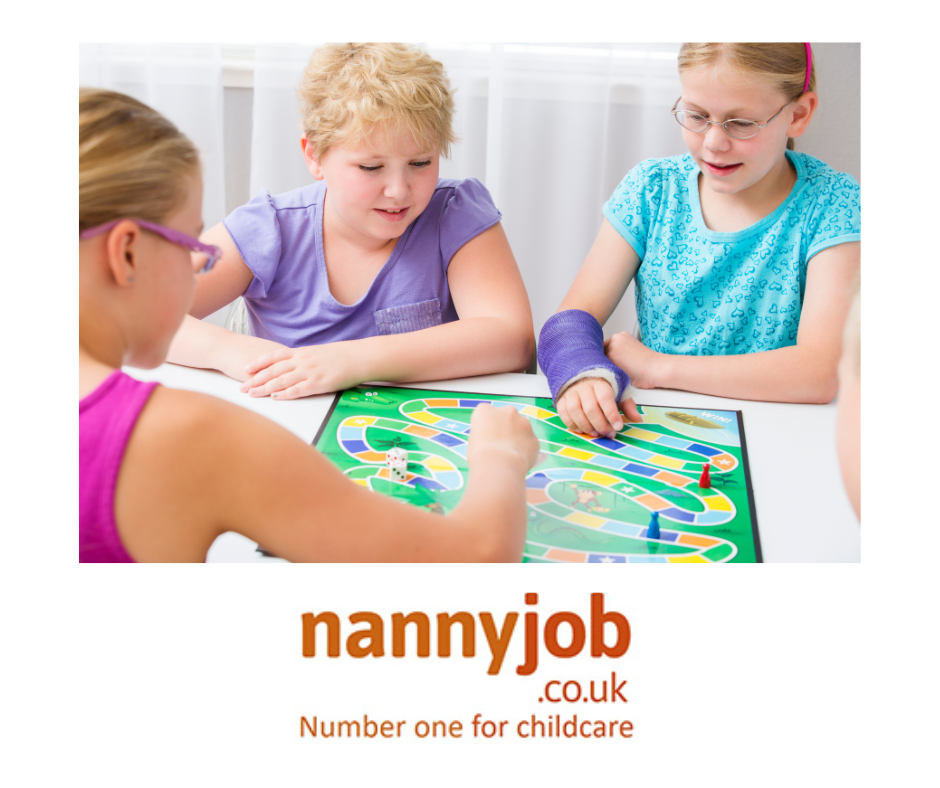The kitchen is not just a place where meals are made; it’s a learning hub. For children, it’s an experimental playground where maths meets art, and science blends with creativity. Engaging children in the culinary arts not only boosts their confidence but also enhances their skills. Here are a few easy recipes to get started:
1. Mini Pizzas:
- Ingredients: English muffins, tomato sauce, shredded cheese, and toppings of choice (peppers, olives, ham, etc.)
- Method: Cut the muffins in half, spread tomato sauce, sprinkle cheese, add toppings, and bake until cheese melts.
2. Fruit Kabobs:
- Ingredients: Assorted fruits (melon, grapes, strawberries) and skewers.
- Method: Cut fruits into bite-sized pieces and thread them onto skewers.
3. No-Bake Oatmeal Cookies:
- Ingredients: Rolled oats, cocoa powder, peanut butter, honey, and vanilla extract.
- Method: Mix all ingredients, shape into cookies, and refrigerate.
4. DIY Sandwich Shapes:
- Ingredients: Bread, sandwich fillings (cheese, ham, turkey), and cookie cutters.
- Method: Let kids cut shapes out of bread and fill them with their choice of fillings.
Safety First! Always supervise children, especially when using sharp objects or the oven.
Remember, the goal is to make cooking a fun, educational experience. It’s okay if the dish isn’t perfect; the joy lies in the journey and the confidence they gain from creating something of their own.










